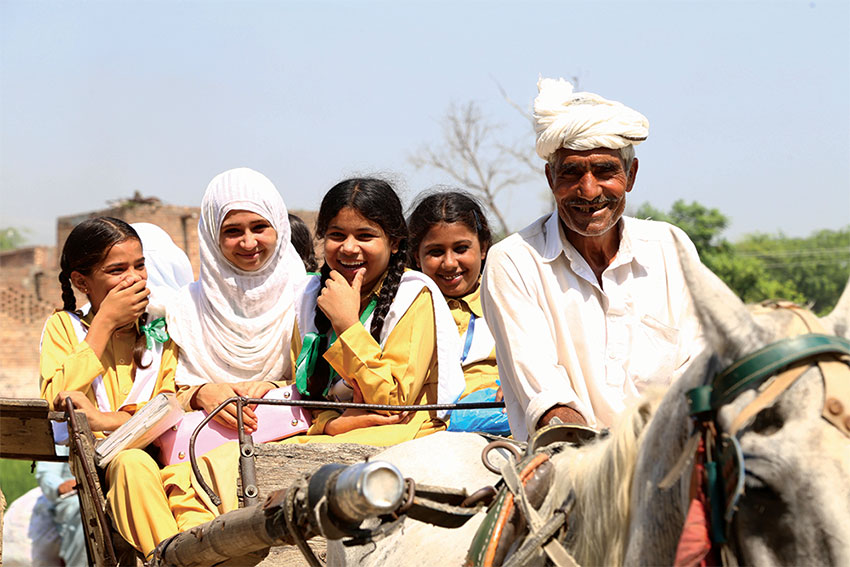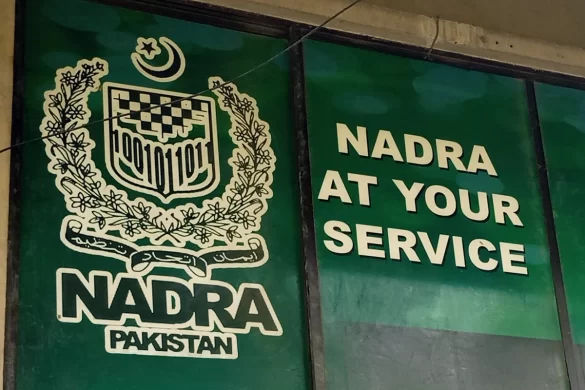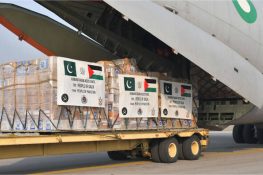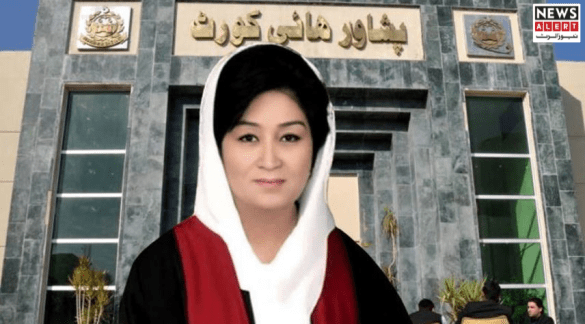Pakistan’s overall literacy rate may stand at just 60.65%, but there exists a remarkable village where every single resident is educated, and the village proudly boasts over 100 PhDs and doctors.
According to the Pakistan Economic Survey 2024–25, the national literacy rate has declined from 62.8% (2023–24) to 60.65%, raising concerns about the country’s educational progress. Despite this, one exceptional village stands out with its near-100% literacy rate.
This unique village is located in Dewiya, the last union council of northern Punjab. Not only is the village rich in natural beauty, but it is also unmatched in its academic excellence. Illiteracy is virtually nonexistent here.
In this small, scenic settlement, nearly 100 residents are PhDs or medical doctors, while hundreds hold master’s degrees. It is unlikely that such a concentration of highly educated individuals exists in any other similarly small area across Pakistan.
The village’s elders share that the first school in Dewiya and the nearby Oshia area was established back in 1876. The people here have a deep love for education, which explains the village’s nearly perfect education rate.
An elderly villager fondly recalled a visit from renowned writer, scholar, and actor Mustansar Hussain Tarar around 25–26 years ago. So captivated was he by the village’s charm that he famously dubbed it “Mini Switzerland”.
From the highest point in the village, one can enjoy breathtaking views of Azad Kashmir, Babusar Top, and other distant landmarks — adding to the village’s allure.
Interestingly, this village is also the hometown of several prominent figures, including former Prime Minister Shahid Khaqan Abbasi, the first DG ISI, and a former Naval Chief, among others from various walks of life.
Over two dozen varieties of fruits are cultivated in the area, and villagers benefit from modern technology, including agricultural tunnel farming.
The lifestyle in this village is refined and beautiful. Every home is built with care and aesthetic detail. The central mosque, which is one of the largest in the Rawalpindi Division in terms of capacity, is an architectural marvel. The villagers also regularly organize free communal meals (langar).
It would be hard to find another union council in the entire country that combines education, culture, natural beauty, agriculture, and civic harmony as gracefully as this one. From their elegant way of living to their deep-rooted connection to their land, the people of this village are a shining example of what a community can achieve.















